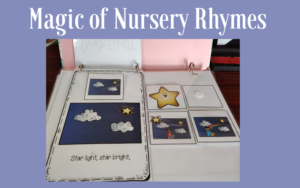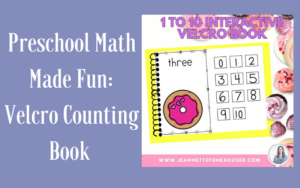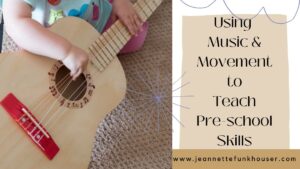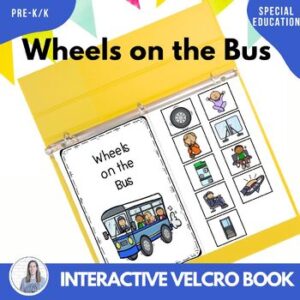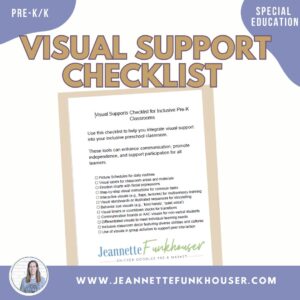Teaching Rhyming in a Pre-K Classroom: Engaging Young Learners
Rhyming is a fundamental component of early literacy that can significantly enhance children’s phonemic awareness and language development. Teaching rhyming in a Pre-K classroom can be both fun and effective, providing a strong foundation for reading and writing skills. Here are some engaging strategies to introduce and reinforce rhyming with your young learners.
1. Rhyming Read-Alouds
Choose books that feature rich rhymes and rhythmic patterns. Classics like “Brown Bear, Brown Bear, What Do You See?” by Bill Martin Jr. and “Chicka Chicka Boom Boom” by Bill Martin Jr. and John Archambault are excellent choices. As you read, emphasize the rhyming words and encourage children to join in on repeated phrases. This interactive experience helps children anticipate rhymes and develop listening skills.
2. Rhyming Games
Incorporate rhyming games into your daily routine. Play “Rhyme Time,” where you say a word and the children must come up with a word that rhymes with it. You can also play “Rhyming Bingo,” where children mark off words on their cards as they hear them during the game. These activities not only make learning fun but also promote critical thinking and verbal skills.
3. Song and Movement Activities
Songs and movement are fantastic ways to teach rhyming. Utilize familiar songs that feature rhymes, such as “The Itsy Bitsy Spider” or “Twinkle, Twinkle, Little Star.” Encourage children to act out the actions while singing, reinforcing the connection between words and their meanings. Create simple rhyming songs together using common themes, allowing children to contribute their own rhyming words.
4. Crafts and Art Projects
Integrate rhyming into art activities. For example, have children create a collage of objects that rhyme (like cat, hat, and bat). As they work, discuss the rhyming pairs and encourage them to share their own examples. This hands-on approach not only fosters creativity but also reinforces the concept of rhyming in a tangible way.
5. Interactive Rhyming Charts
Create a rhyming chart in your classroom. Use pictures and words to illustrate rhyming pairs. Involve the children by asking them to add new rhymes they discover throughout the week. This visual aid serves as a constant reminder of rhyming words and encourages children to think about language in a playful context.
6. Storytelling with Rhymes
Encourage children to create their own rhyming stories. Provide them with a few rhyming words and let them build a narrative around them. This not only enhances their understanding of rhyme but also stimulates their imagination and storytelling skills. Share these stories during circle time, allowing children to experience the joy of listening to their peers.
7. Use Technology Wisely
Incorporate educational apps and videos that focus on rhyming. Many digital tools are designed to engage young learners through interactive activities. Be sure to select age-appropriate content that reinforces the rhyming concepts discussed in class.
Teaching rhyming in a Pre-K classroom is an enriching experience that lays the groundwork for future literacy skills. By incorporating a variety of engaging and interactive methods, you can make learning about rhymes enjoyable and effective. Remember, the goal is to create a love for language that will last a lifetime. Happy rhyming!



